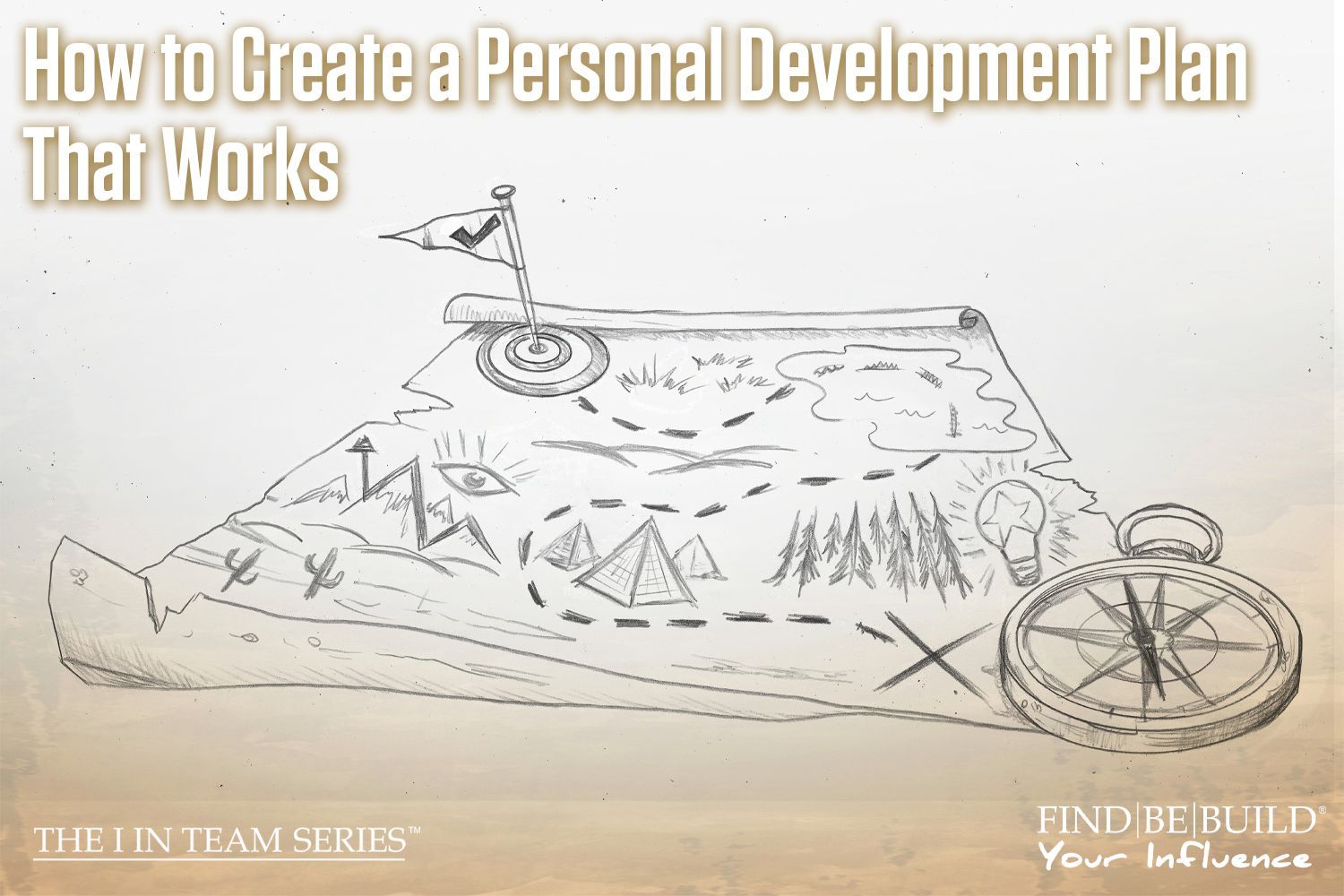Reflecting on the Past to Create Goals for the Future

Business consulting goal setting
It’s the time of year for resolutions and goals. We at IA are proponent of S.M.A.R.T. Goals but one of the challenges we hear is; Where do I start with goals?
First, let’s define S.M.A.R.T. – Specific, Measurable, Attainable, Realistic, and Timely. One of the best ways to set S.M.A.R.T. Goals is to look back at any previous resolutions or goals that you may have established and answer this question honestly; did I reach this goal? Lookbacks are a good way to establish future goals because you can answer two of the S.M.A.R.T. tenants; was my goal realistic and was my goal attainable?
Understanding Failure
The answer to these initial questions may not be as obvious as they may seem. For example, if you did not attain the goal or it now looks unrealistic, why? Did you justify the failure based on actions that are improvable? The exercise of questioning your S.M.A.R.T. approach can and should lead you to a set of goals that are within your reach. Looking back and identifying how you failed to be S.M.A.R.T., will help you in applying context to the inability to reach a previous goal and set you up for tactical remediation.
The S.M.A.R.T. attributes will help you understand past failure(s) and give you a more comprehensive way to use them to create effective future goals. Every past failure can generally be tied to poor planning and/or poor tactics (action). By applying S.M.A.R.T. we can quickly identify the deficiency and create a mitigation plan that will set us up with new S.M.A.R.T. goals and S.M.A.R.T. tactics. In doing this, we provide ourselves and our team with a structured way to clearly define goals and stay on track to reach them while using an efficient process to measure success and create solutions to the challenges we may face along the way.
Moving Forward
Once we can understand and pinpoint poor planning and/or poor tactics, we can move forward. Ask yourself, how can I improve and make these goals attainable? Do I need to set new S.M.A.R.T. goals? Am I asking the right questions? These are all things to keep in mind when setting goals for the new year.
First, choose your goals. Some common goals we can expect in 2023:
- Be more mindful
- Exercise more / Go to the gym
- Diet / Eat better
- Maintain a regular house cleaning routine
- Get more sleep
- Wake up earlier
- Travel more
- Pay off debt
- Start a business
This list is not comprehensive, and you don’t have to choose any of the listed examples. Choosing a goal is, and should be, personal to you and should reflect your desired growth as an individual. Your S.M.A.R.T. goals should be indicative of who you want to be. Maybe there is a goal you couldn’t achieve last year, and you want to try again! Pay attention to the Specific factors that lead you to fail and set Attainable measures to help you achieve that goal this time. Don’t be afraid to adjust when the need arises, don’t give up on your goals !
Applying S.M.A.R.T.
Once you have decided on your goals, it’s time to apply S.M.A.R.T.! Be Specific in your goal setting and ask yourself, who is involved in this goal? What do I want to accomplish with this goal? When do I want to reach this goal? Why do I want to achieve this goal? If you aren’t Specific in your goal setting you might lose sight of what you are truly working towards. For example, if your goal is to lose weight asking these questions and being specific with your weight loss goal will help you achieve it.
Once you work out the specifics, how can your goals be Measured? Making sure you have reasonable metrics will help you reach your goals! If you don’t have a way to Measure progress, you can become discouraged half-way through and give up. Ask yourself, how much/many of X will I need? How will I know when I have reached my goal? What is an accurate indicator of progress? To continue our example, if your goal is to lose weight and eat healthier, asking questions that will help measure your progress is imperative to success. Is there a goal weight in mind? Are you tracking sugar intake, limiting the amount of fat you consume, increasing your intake of fiber-rich foods? Are you tracking how many calories you can burn during exercise? These are only some of the examples of important things that you may Measure when working towards building healthier eating habits.
We’ve created a measurable goal, now you want to make sure your goal is Attainable. Don’t stretch yourself too thin; so, ask yourself, do I have the funds/resources/capabilities to reach this goal? If not, what am I missing or how can I get it? Are there any roadblocks that can prevent my goal from being attainable? It’s important to know when a goal is unattainable to you, because trying to accomplish an unattainable goal can lower your self-esteem. To follow our weight loss example, asking yourself these questions to make sure the goal is attainable is important. It may mean we need to adjust our weight loss plan. Maybe doing at home workouts instead of paying for a gym or working out a few times a week rather than every day to make this more flexible for your schedule. Remember, it is okay to readjust your goal to make it more attainable and achievable.
Be Realistic in your goal setting. This means setting a goal that is not only Specific, but also one that is achievable with the time and resources available to you. Setting a Realistic goal makes it easier to dedicate the time needed to complete it. Ask yourself: Is this goal worth my time? Is this goal worth my money? Is this the right time to try to reach this goal? Does this goal match other efforts and needs? If losing weight is your goal, are you being realistic about it? Do you have the time to complete this goal, or do you need to readjust the end goal? Making sure your goal to lose weight is realistic to you and your schedule will ensure the goal is feasible.
Most importantly, be Timely in your goal setting. All goals need a definitive start and end date. If you don’t set a timeline, you won’t be likely to have any urgency in completing the goals. The less urgency and motivation you have towards your goals, the more likely you won’t complete them. Ask yourself, does my goal have a deadline? When do I want to achieve my goal by? What else is going on in my life that could prevent me from hitting this goal in this time frame? For example, when do you want to hit your desired weight? Are you trying to lose weight in a longer or shorter time frame? Are you tracking the weight you lose weekly or monthly? All these questions make your goal timely and give you the ability to track your progress better.
Planning for 2023 and being better at goal setting
Start planning for 2023 in order to be successful in the goals you set out to achieve. All goals and intentions are more easily reached when they have been analyzed through a S.M.A.R.T. lens and are Specific, Measurable, Attainable, Realistic, and Timely. One of the best parts about reflecting on past failures in an effort to reach future success is that you can see where things went wrong so that you will learn how to be better!
Reflecting on the past helps us to understand our failures to create future goals and set us up for future success. Apply S.M.A.R.T. when creating goals, this will ensure they are achievable. Most importantly, believe in yourself! If you don’t believe in yourself, you’ll never move forward. Cut out the negative self-talk and uplift yourself. Start the day with some positive affirmations and believe in your ability to reach your goals this year!
The post Reflecting on the Past to Create Goals for the Future appeared first on IA Business Advisors.












